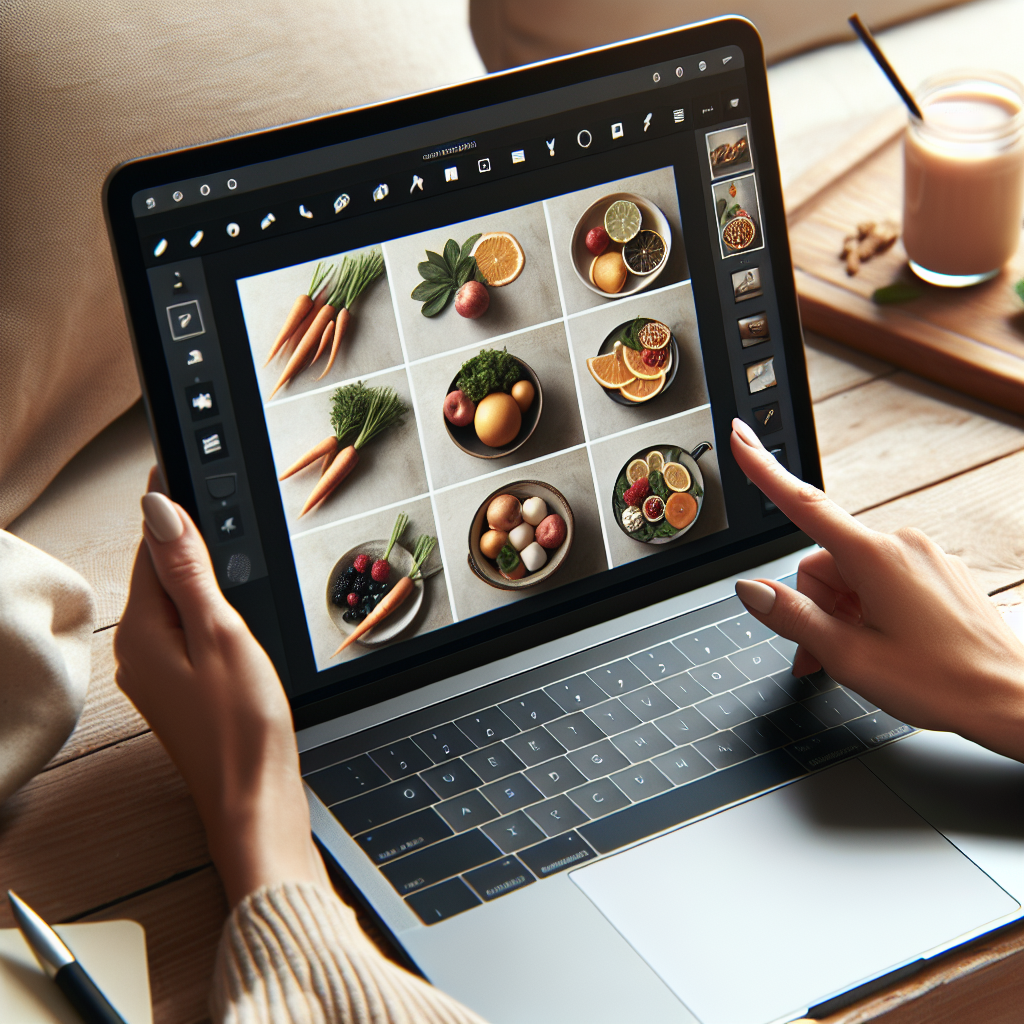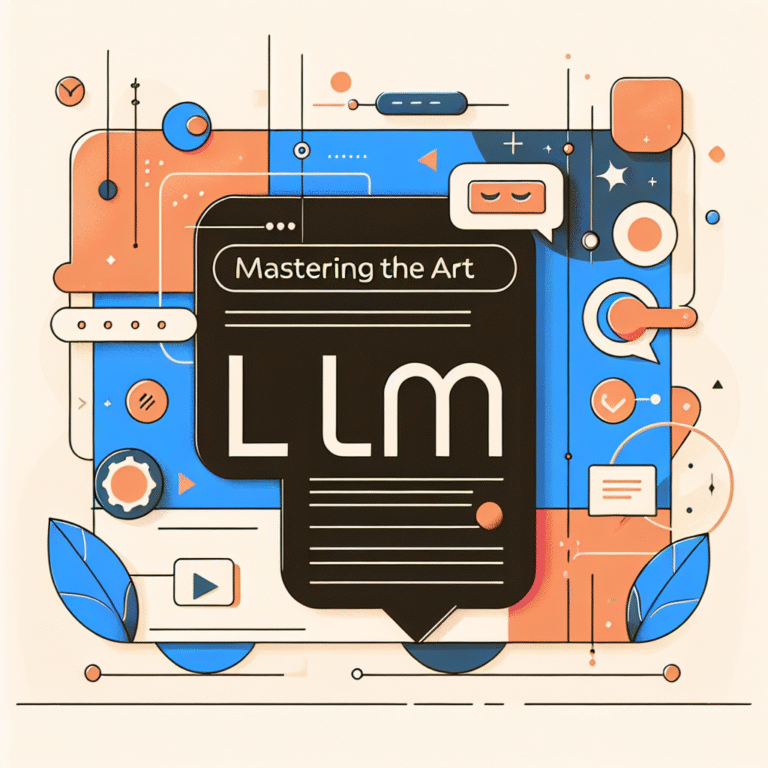Pic to Prompt: Revolutionizing Image Generation with AI
p>Pic to prompt is a cutting-edge technology that utilizes artificial intelligence (AI) to generate text prompts from images. This innovative approach has revolutionized the field of image processing and natural language processing, enabling users to create detailed descriptions of images with unprecedented accuracy. The pic to prompt technology uses deep learning algorithms to analyze images and identify objects, scenes, and activities, which are then used to generate text prompts. This technology has numerous applications in fields such as image captioning, visual question answering, and image-text retrieval. In this article, we will delve into the world of pic to prompt, exploring its underlying technology, applications, and future prospects.Introduction to Pic to Prompt

The pic to prompt technology is based on a type of neural network called a convolutional neural network (CNN). The CNN is trained on a large dataset of images, each accompanied by a text prompt that describes the image. The network learns to identify patterns and features in the images and associates them with the corresponding text prompts. Once the network is trained, it can be used to generate text prompts for new, unseen images. The pic to prompt technology has numerous benefits, including the ability to generate detailed and accurate descriptions of images, which can be useful for applications such as image search and retrieval.How Pic to Prompt Works
The pic to prompt technology works by using a CNN to analyze an input image and identify the objects, scenes, and activities present in the image. The network then uses this information to generate a text prompt that describes the image. The text prompt can be used for a variety of applications, such as image captioning, visual question answering, and image-text retrieval. The pic to prompt technology can be fine-tuned for specific applications by adjusting the parameters of the CNN and the training data used to train the network.Applications of Pic to Prompt

The pic to prompt technology has numerous applications in fields such as image captioning, visual question answering, and image-text retrieval. Some of the key applications of pic to prompt include:
Real-World Applications of Pic to Prompt
Pic to prompt has numerous real-world applications, including:
Comparison of Pic to Prompt with Other Technologies

Pic to prompt can be compared to other technologies such as object detection and image classification. The following table provides a comparison of pic to prompt with other technologies:
| Technology | Description | Applications |
|---|---|---|
| Pic to Prompt | Generates text prompts from images | Image captioning, visual question answering, image-text retrieval |
| Object Detection | Detects objects in images | Autonomous vehicles, surveillance systems, robotics |
| Image Classification | Classifies images into categories | Image search and retrieval, image classification, image tagging |
Advantages and Disadvantages of Pic to Prompt
Pic to prompt has numerous advantages, including the ability to generate detailed and accurate descriptions of images. However, it also has some disadvantages, such as the requirement for large amounts of training data and the potential for bias in the generated text prompts. Some of the key advantages and disadvantages of pic to prompt include:
- Generates detailed and accurate descriptions of images
- Can be used for a variety of applications, including image captioning, visual question answering, and image-text retrieval
- Can be fine-tuned for specific applications by adjusting the parameters of the CNN and the training data used to train the network
- Requires large amounts of training data
- Can be biased towards certain types of images or text prompts
- Can be computationally intensive, requiring significant processing power and memory
Future Prospects of Pic to Prompt
The future prospects of pic to prompt are promising, with numerous potential applications in fields such as image captioning, visual question answering, and image-text retrieval. Some of the key future prospects of pic to prompt include:
Conclusion
In conclusion, pic to prompt is a powerful and versatile technology that has numerous applications in fields such as image captioning, visual question answering, and image-text retrieval. The technology uses a CNN to analyze images and generate text prompts, which can be used for a variety of applications. While pic to prompt has numerous advantages, it also has some disadvantages, such as the requirement for large amounts of training data and the potential for bias in the generated text prompts. Despite these limitations, the future prospects of pic to prompt are promising, with numerous potential applications and developments in the pipeline. blockquote>Pro Tip: To get the most out of pic to prompt, it’s essential to use high-quality images and to fine-tune the parameters of the CNN and the training data used to train the network.





